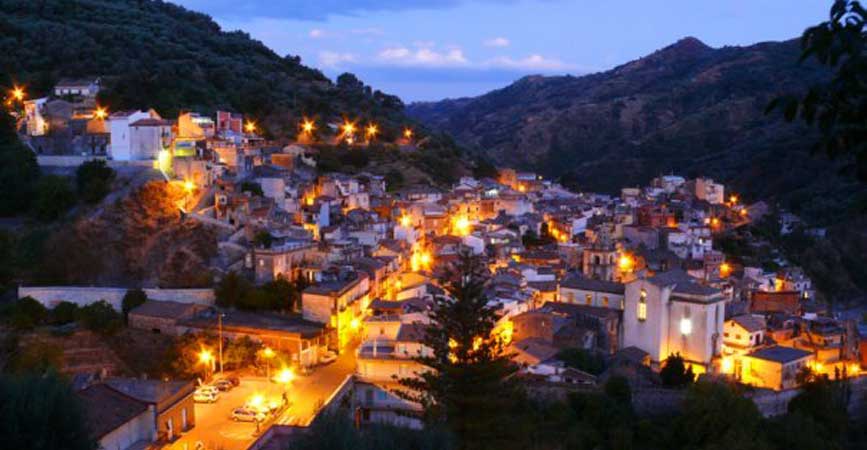
Mandanici, the Sicilian town of only 500 inhabitants that knows how to excite with a unique tourist offer.
Send us is a small village of only 500 inhabitants which is located in province of Messinain Sicilia. The inhabited center develops mainly in a large valley located on the slopes di Ilici Lace, of Rollia lace and Rosskopf. Its territory develops at a height of approximately 400 meters above sea level, offering the visitor an almost fairy-tale setting. The urban structure of the small village is worthy of the most classic Neapolitan nativity scenes and in some ways is typical of the rural development of the Sicilian territory.
The origins of Mandanici are unclear because there are no historical documents and finds that take us back to the era in which the first settlements developed. However, it is possible to talk about Greek origins during the Hellenistic period, when the Greeks reached the coasts of southern Italy to carry out a work of colonization of the territory which went down in history as Magna Grecia.
The origins and characteristics of the village of Mandanici
The origins of the name Mandanici, according to tradition, are related to the terms Mandas meaning monastery and Nike meaning the goddess of victory.
Over the centuries, what was once just a small camp located along the road was influenced by numerous crops, which shaped its characteristics from an urban planning point of view but not only. In fact, once upon a time the village was the place where mercenary soldiers in the service of the city of Syracuse and known by the term Mamertini lived.
The historical location is before the First Punic War so we are talking about several centuries before the birth of Christ. Furthermore, it was possible to reconstruct some of the history of the area thanks to some works found in the area where the current Cathedral is located. One in particular was found bronze coin which depicted the face of an armed soldier and the words Marmetinov.
After the year one thousand
After the year XNUMX, with the arrival of the Normans in Sicily, there was a cultural change that affected all aspects of daily social life. There were then strong influences from the Arab world but in Mandanici the work commissioned by the was most important Count Ruggero who first built an abbey dedicated to Santa Maria Annunziata as a sign of the Christian vote for having overcome the resistance of the Arab people who previously dominated Sicily. Furthermore, there were many other buildings reflecting the return of the Christian religion such as the Cathedral or the Mastroieni and Scuderi Palaces.
The Cathedral of Santa Domenica and other cultural beauties
In the area of the village of Mandanici there are many beauties and monuments to visit such as Cathedral of Santa Domenica which is located in the lowest part of the country. The facade was built during the XNUMXth century in a Romanesque style and has a refined high altar with many finishes carried out by masters from the province of Messina. You can also appreciate numerous paintings created by many unknown but very beautiful authors. Another historical monument of the town is the Scuderi palace. According to historical reconstructions, the building was built in the XNUMXth century and members of the Scuderi family evidently lived there. It was never purchased by the public administration, so much so that it is still an inhabited residence today. Among the other beauties absolutely worth visiting is the Palazzo Mastroeni-Longo, church of the SS Trinità, church of Sant'Antonio Abate, Basilian monastery dedicated to S. Maria Annunziata , church of SS Salvatore.
The small village of Mandanici is a magical place rich in history, culture and traditions. On its territory there are buildings that tell of the dominations that have occurred over the centuries in Sicily and offer truly exciting landscape views. A destination to consider for those who love tranquility without giving up beauty.
Image of Sislavius, Public domain, via Wikimedia Commons









